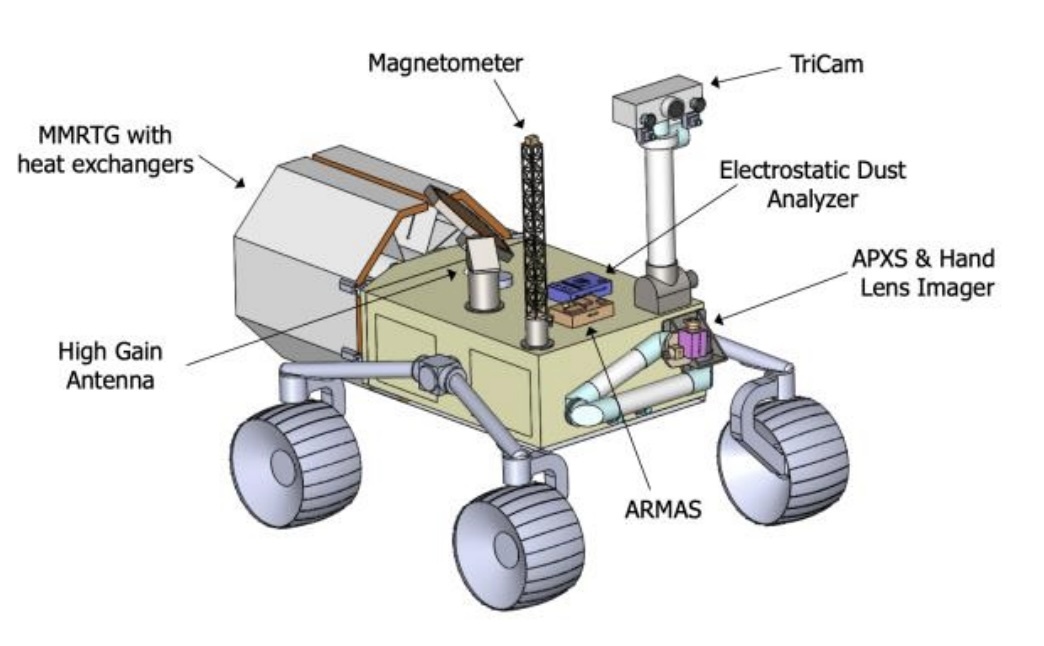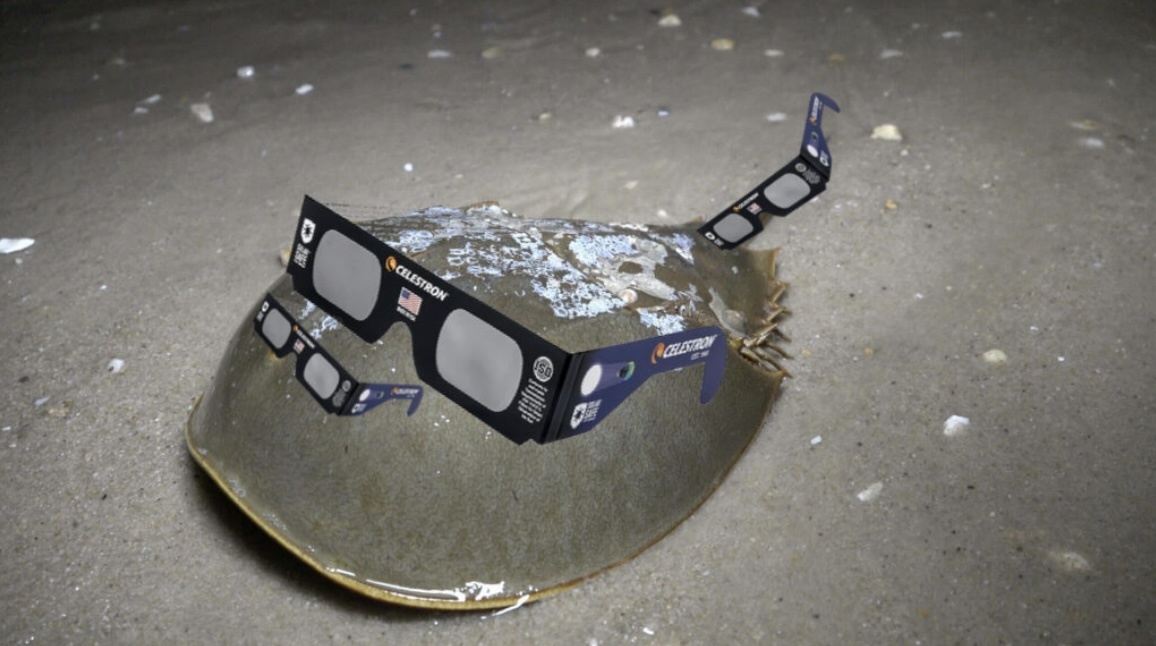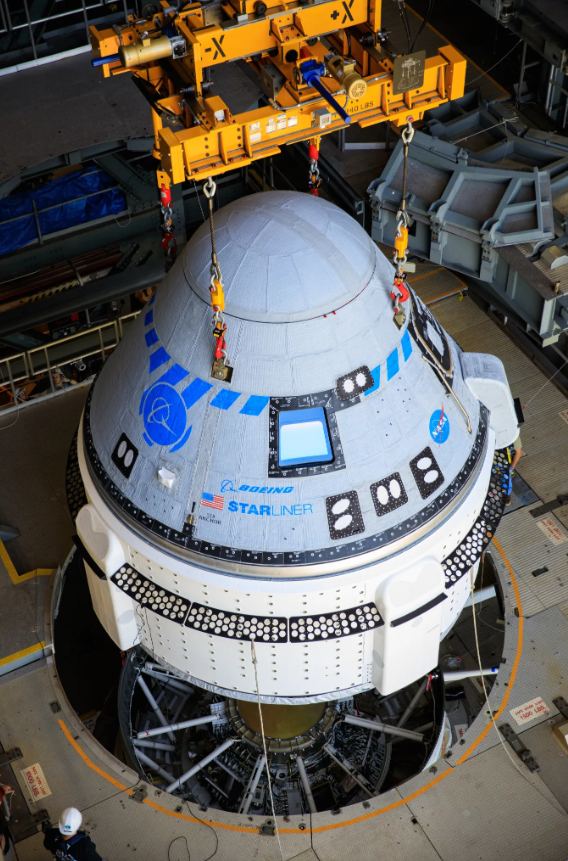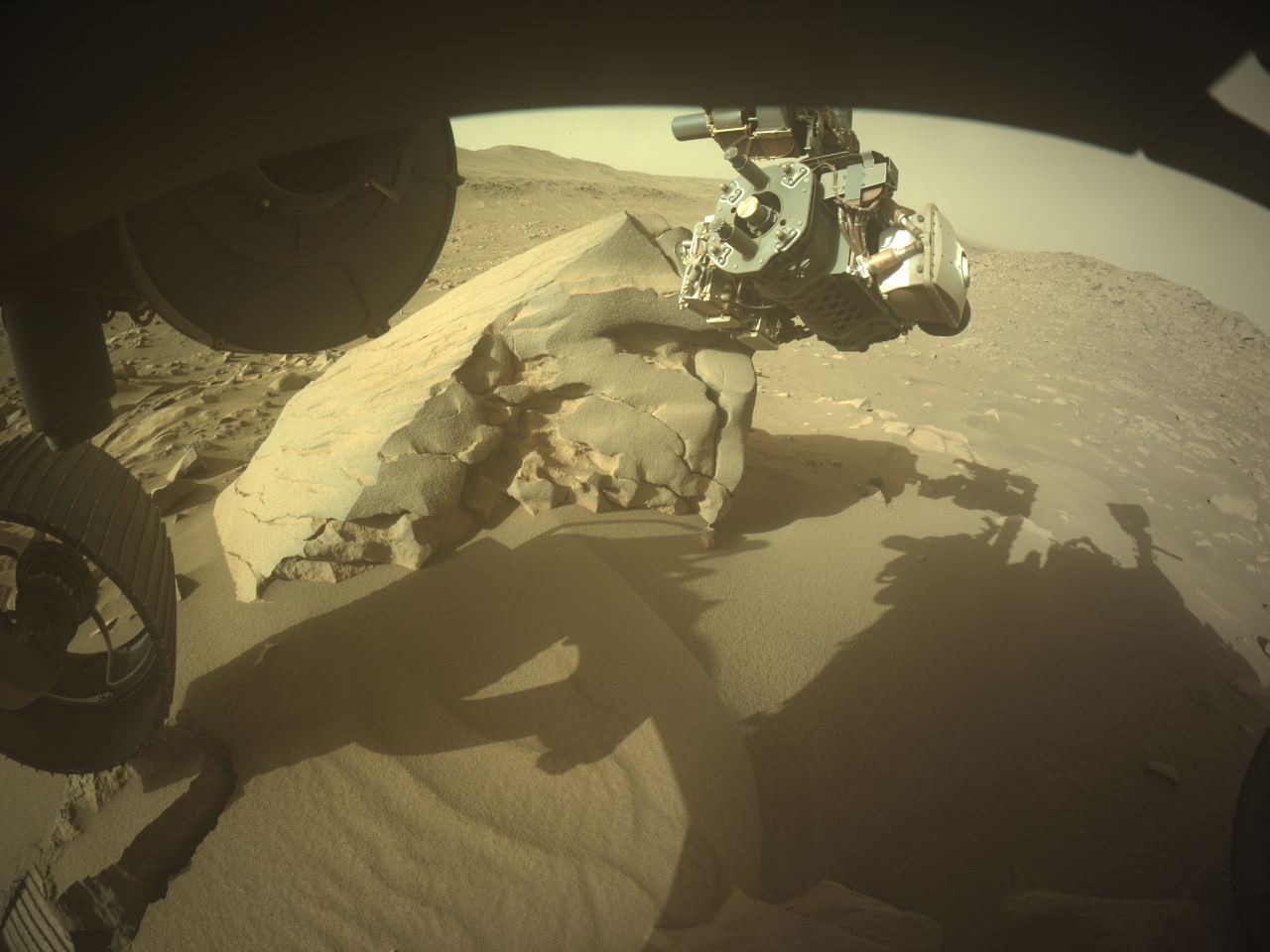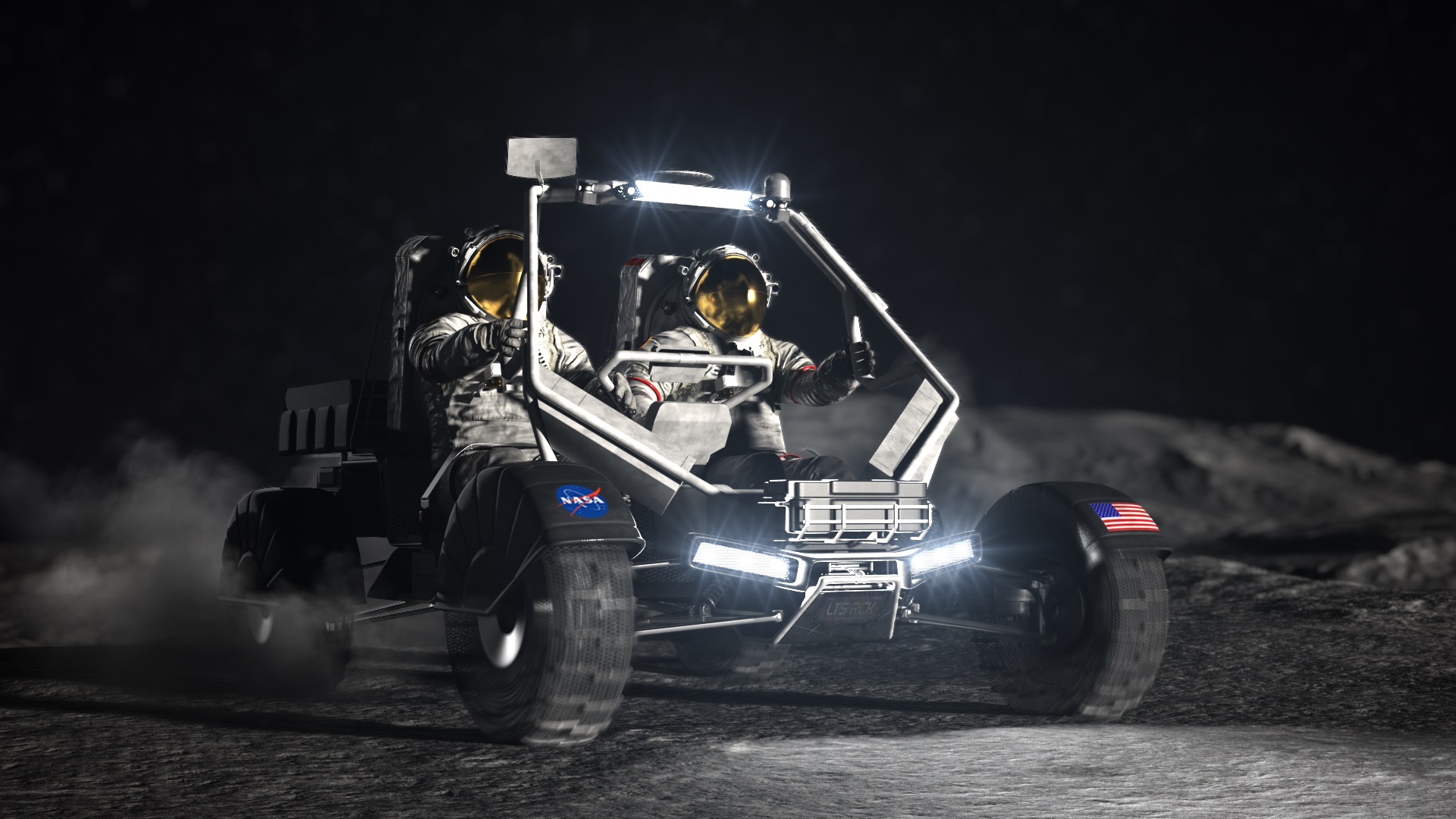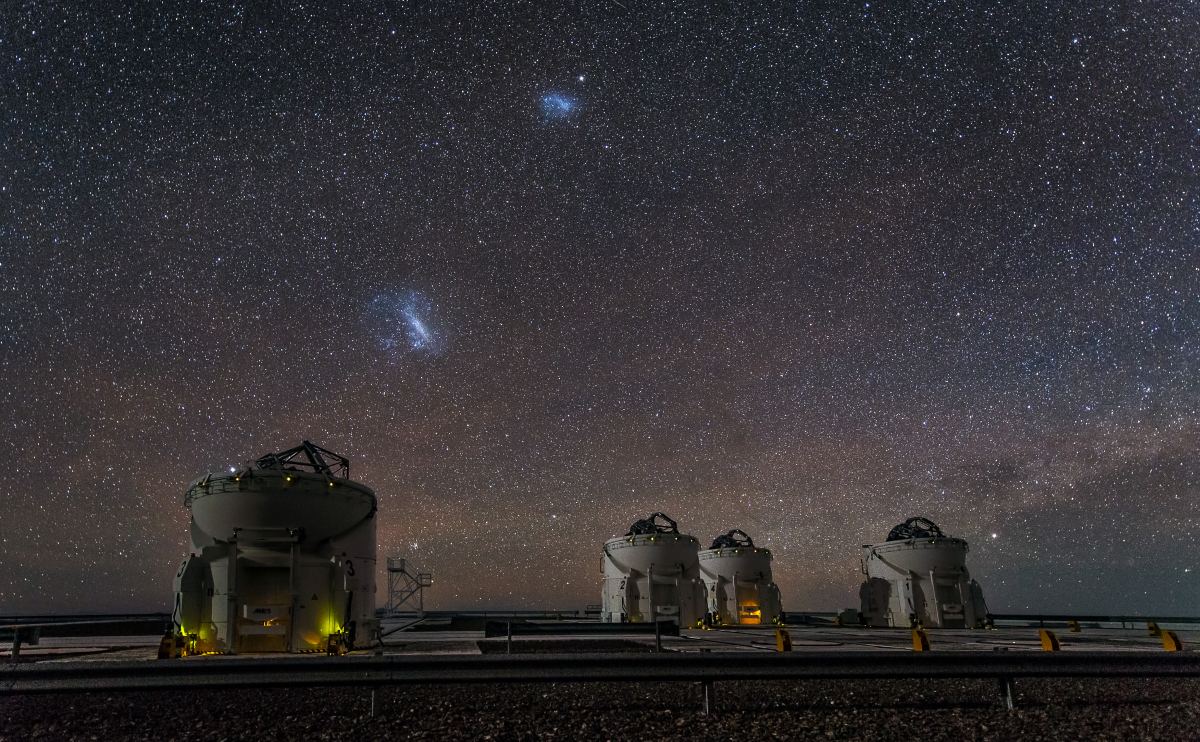At the Kitt Peak National Observatory in Arizona, an instrument with 5,000 tiny robotic eyes scans the night sky. Every 20 minutes, the instrument and the telescope it’s attached to observe a new set of 5,000 galaxies. The instrument is called DESI—Dark Energy Survey Instrument—and once it’s completed its five-year mission, it’ll create the largest 3D map of the Universe ever created.
But scientists are getting access to DESI’s first data release and it suggests that dark energy may be evolving.
Continue reading “A New Map Shows the Universe’s Dark Energy May Be Evolving”


